Description
SQUASH SUMMER – ZEPHYR F1
SQUASH SUMMER – ZEPHYR F1 . (used like a courgette), Zephyr F1 produces vigorous crops of two-tone coloured 4-6 In ,yellow squash with faint white stripes and light-green blossom ends. The squashes are crisp with an almost nutty flavour. The hybrid originates from crosses between Crookneck, Delicata and acorn squash. In very hot or dry weather there can be some variability in the amount of green at the blossom ends. In addition, sometimes the first one or two fruits produced can be green striped.
Cultivation advice
- Choose well-draining, fertile soil enriched with organic matter. Aim for a slightly acidic to neutral pH level around 6.0-7.0.
- Plant seeds or seedlings in a location with full sun exposure, ensuring the soil temperature is consistently above 60°F (16°C) for successful germination.
- Plant seeds at a depth of about 1 inch (2.5 cm) into the soil, leaving approximately 3-4 feet (90-120 cm) between plants to allow for adequate growth space.
- Maintain consistent soil moisture, especially during flowering and fruiting stages. Water deeply but infrequently to encourage deep root development.
- Apply mulch to retain soil moisture and suppress weed growth. Regularly remove weeds to reduce competition for nutrients.
- Incorporate compost or well-decomposed organic matter before planting. Side-dress with compost during the growing season to support plant health.
- Provide support for vines if needed. Prune excess foliage to improve airflow and sunlight exposure, which aids in better fruit production.
- Monitor for common pests like squash bugs or cucumber beetles. Use natural pest control methods or introduce beneficial insects to manage pest populations. Practice crop rotation to reduce disease incidence.
- Harvest squash when they’re young and tender, usually 6-8 inches (15-20 cm) in length, to encourage continuous fruit production.
- Consume harvested squash promptly for the best flavor. If storing, keep them in a cool, dry place or refrigerate for a few days in a perforated plastic bag.
- Ensure warm soil and air temperatures for successful growth. Squash plants prefer temperatures between 70-85°F (21-29°C). Protect seedlings from late spring frosts.
- If pollinators are scarce, hand pollinate by transferring pollen from male to female flowers using a small brush or cotton swab to ensure fruit development.
- Regularly check soil moisture levels. Mulching helps retain moisture, but avoid overwatering to prevent root rot. Water in the morning to allow foliage to dry during the day, reducing the risk of diseases.
- Consider planting companion plants like marigolds, nasturtiums, or basil to repel pests and attract beneficial insects.
- Provide ample space between plants to improve airflow and reduce the risk of diseases such as powdery mildew. Good ventilation keeps the foliage dry and healthy.
- Use natural remedies like neem oil or insecticidal soap to deter pests. Diatomaceous earth can help control crawling insects without harming beneficial organisms.
- Continuously harvest mature squash to encourage new fruit production. Regular harvesting also prevents fruits from becoming oversized and tough.
- Incorporate organic matter like compost or mulch regularly to replenish nutrients and promote soil health, especially in between plantings.
- Understand the specific growth habits and fruiting patterns of Squash Summer Zephyr F1 to effectively manage its cultivation requirements.
- Aim for consistent, even moisture throughout the growing season. Mulching helps retain soil moisture and reduces water evaporation.
- Avoid excessive nitrogen fertilization, as it can encourage lush foliage but hinder fruit production. Opt for balanced organic fertilizers or compost to provide essential nutrients.
- Regularly inspect the underside of leaves for eggs or signs of pests. Handpick pests like squash bugs or use floating row covers to protect plants from infestations.
- Prevent fungal diseases by watering at the base of plants, ensuring leaves stay dry. Proper spacing and good air circulation also help prevent diseases like powdery mildew.
- . In very hot or dry weather there can be some variability in the amount of green at the blossom ends.
- In addition, sometimes the first one or two fruits produced can be green striped.
- A unique summer squash (used like a courgette), Zephyr F1 produces vigorous crops of two-tone coloured 4-6 In ,yellow squash with faint white stripes and light-green blossom ends.


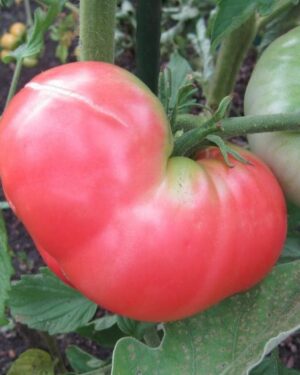
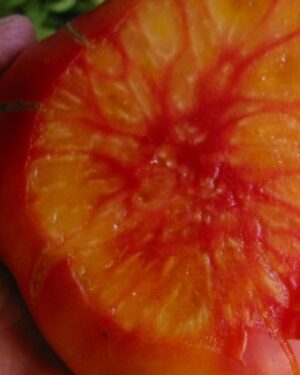
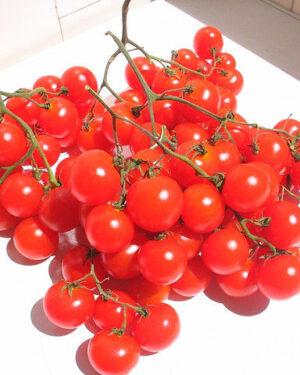
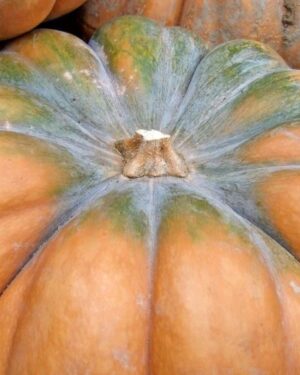
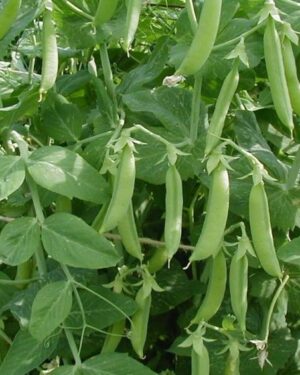
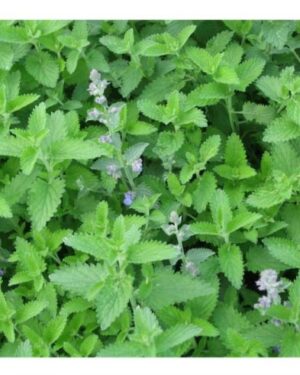
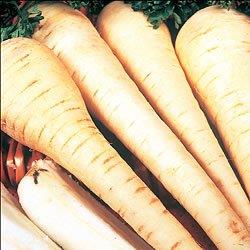
Reviews
There are no reviews yet.